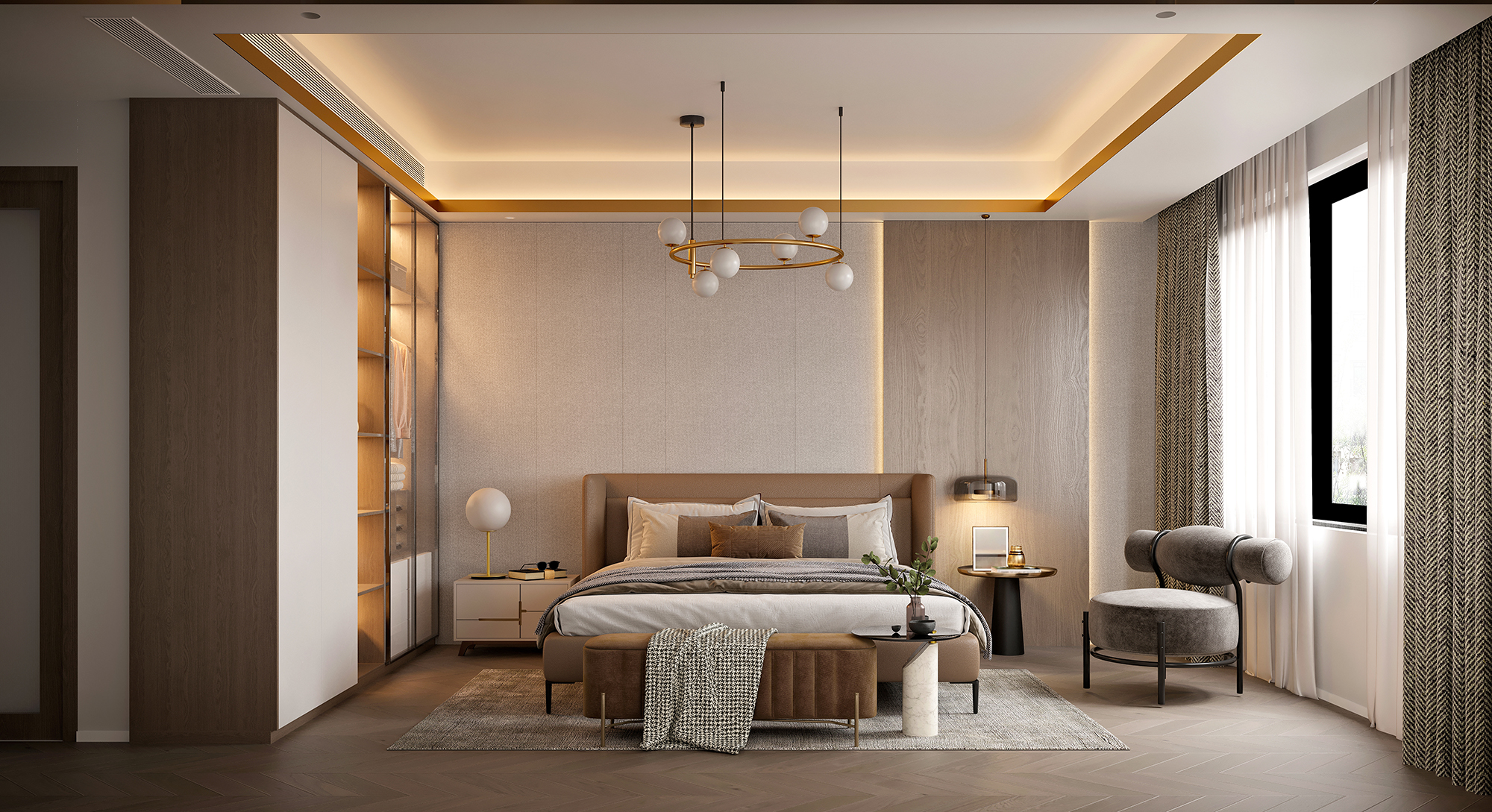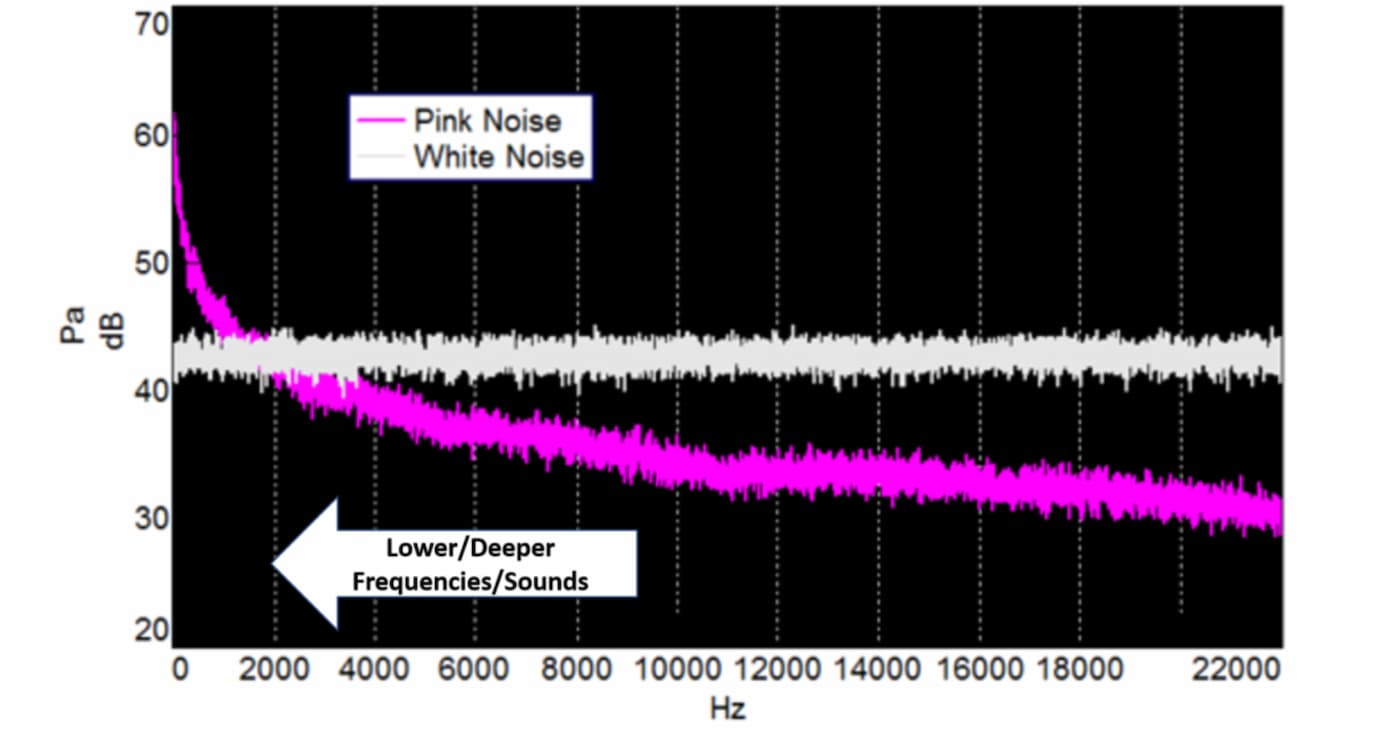
The coverage area of a speaker is determined by a variety of factors.
- Budget
- The speaker's size
- The room's size
- The height of the ceilings
- Listeners’ height
- Acceptable loss of decibels (dbs).
The ceiling height is one of the most important factors. If the ceiling height is very high, the sound distribution is wider. But the farther the distance between a speaker and the listening position, the lower the sound pressure level. If the ceiling is low, the sound distribution lessens. But because there is less distance between speaker and listening position, the sound pressure level is higher.
First method (for speakers smaller than 5 inches)
Based on budget and loss of dbs, the chart below shows how many square feet a single speaker should cover.

2dB variation is equal to 1.6 times the power, and 4.5dB equals three times the power. It entirely depends on the project, but usually a variation of 4.5 dB is noticeable instead a variation of 2dB (+/- 1 dB) which is less noticeable.
To achieve a high sound quality, a single speaker should cover an area of 145 square feet. Given the size of Zaniboni's showroom, which is 42’x21’ with a 12’ tall ceiling making it 882 sq ft, the ideal number of speakers would be 6.
Second method (for 5 inches or larger speaker)
There is a second method, which gives the amount of the speakers based on the distance needed to set them apart. In this case Zaniboni’s Showroom would have 27’ distance between each light.
Length 42’/27’ = 1.5 speakers (rounded up to 2 speakers)
Width 21’/27’= 0.78 speakers (rounded up to 1 speakers)
This means the showroom would have 2 speakers instead of 6 as mentioned in the first method.

Third method (Medium size speakers)
Speakers=square.footage/[(ceiling.height-ear.height) x3]^2
Following this formula we can calculate the amount of speakers necessary for a room considering the space between the height of one’s ear (typically 5’) and the ceiling height.
In our application we have:
Square Footage 42’ multiplied by 21’= 882 sq ft.
Ceiling Height 12’
Ear Height 5’
Speakers=882/[(12-5) x3]^2=882/441= 2 speakers





